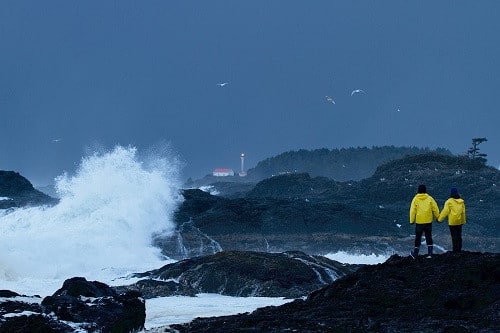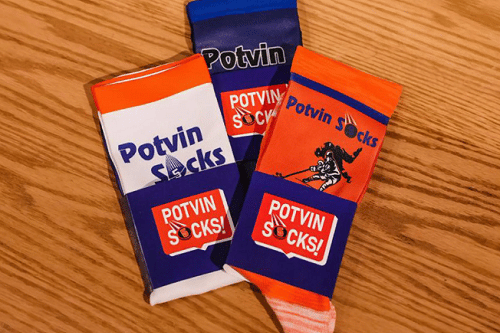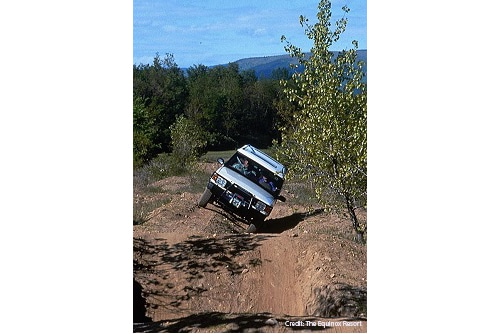Of course all brands want to promote their good side, but is it possible to promote your brand’s weaknesses strategically? You bet it is. In many cases, there’s an upside to promoting your “bad side.”
The fact is, you’re not perfect and consumers know it. Today’s consumers are savvier than ever, and you know what they want from you? Authenticity. They don’t want you to gloss over your issues and they want to engage with you based on clear expectations. When you do this, it earns their respect. Indeed, TikTok is a channel surging in popularity precisely because it’s a home for authentic, unpolished content.
Many brands have leaned into this sentiment, finding ways to turn a negative into a positive. And in doing so, they reap the rewards…not just in engagement but often also in revenue.
Here are four strategic examples of organizations – from various industries – who promote their brand’s weaknesses strategically with great success.
Sun-Maid: Candy is better than raisins and we know it.
Who wants raisins in their trick-or-treating haul? No one, that’s who. And yet, for years, Sun-Maid tried to promote their raisins as a healthy alternative to Halloween candy. Recently, they finally realized that’s an uphill battle they’ll never win. As marketing director Fernando Herrara says:

So, they began a series of annual Halloween marketing activations and video campaigns to position Sun-Maid raisins as a trick-or-treat villain, scaring kids everywhere. The fun twist gets folks to laugh with them and communicates a cool, authentic vibe for the brand. Most recently, the brand took over an entire town, complete with Raisin Zombies and a ton of interactive elements. See the video and read about the seriously impressive results here.
Vancouver Island: Come here for the rainstorms.
Unless deliberately engaging in winter activities like skiing, travelers most often wish for sunny warm weather on vacation. But this creates a challenge for destinations, splitting their annual tourism calendar into high seasons and low seasons. That’s not ideal, as a destination wants (and needs) year-round economic stability. And if tourism is a key driver of their economy, they must make low season more attractive to visitors while still managing expectations and providing a worthwhile experience.
On the west coast of Canada, British Columbia’s Vancouver Island is far from a sunny warm climate during November through February. Yet, it’s also far from being considered a “low season” in the tourism industry because it’s Storm Season.

Winter storms on this coast are breathtaking and dramatic, and the region has transformed storm watching into a key attraction during Storm Season. Properties like Tofino’s luxurious Wickaninnish Inn have made a booming business out of Storm Watching Packages from November through February. Guests get outfitted with full rain gear and are treated to a host of cozy and warm amenities when they come in from the storm. And with average nightly rates from CAD $553 – $833, it’s hard to believe that would be considered low or off season.
Hockey Legend Denis Potvin: I don’t suck…buy my socks.
As sports rivalries go, the hockey divide between the New York Islanders and New York Rangers fans ranks among the most intense. So much so that Ranger fans are STILL pissed about something legendary NY Islander Denis Potvin did to one of the Ranger players back in 1979.
How do we know they’re still pissed about it? Because to this day, more than 40 years later, Ranger fans still chant – loudly, as one – POTVIN SUCKS every time the Rangers play the Islanders. And yet Denis Potvin retired in 1988.
It seems that after 40 years of being booed, Denis has finally figured out a way to earn their respect…if not exactly shut them up. He launched a collection of “Potvin Socks.”

Ranger fans may still hate both Denis and the Islanders, but there’s no denying this bold and sassy move adds some fun spice to the rivalry. And the best part? A portion of the proceeds from each sale goes to the NY Islanders children’s foundation. Come ON, Ranger fans… it’s for the kids! Get them here.
Destinations Everywhere: Mud is good clean fun.
Colorado. New York. Vermont. Utah. New Hampshire. Maine. And a slew of other creative destinations have aligned with the motto “if you can’t beat ‘em, join ‘em.”
Mountainous destinations with snowy winters end up with early spring seasons that are a muddy mess. As the snow and ice melts and runs off down the mountains into the surrounding areas, there’s simply mud everywhere. Let’s be honest, it doesn’t make for attractive tourism brochure photos.
Unless… we make mud the “reason to come?”

Mud season packages and activities can offer a compelling draw for tourists, and the concept of “mud” has a wide latitude. There’s mud outdoors, like you’d experience with off-road driving. But there’s also mud treatments in spas, mud pie, muddy cocktails, even “get dirty in the mud” team-building activities for groups and weddings. I mean, what bridal party doesn’t want to enjoy a tug of war and obstacle course in the mud as part of their lower-priced wedding package because it’s not high season?
Mud season is not a new tourism angle, but it sure is popular with the media. So even if consumers don’t book, it has legit marketing value and good press never goes to waste. I’ll never forget when, years ago, Redpoint orchestrated an entire mud season campaign for the New England Inns & Resorts Association. Dozens of the association’s member hotels participated by offering creative mud-themed packages for consumers. And one of them told me that a gent called their reservation line to inquire about the mud package after seeing it here in the newspaper…and he ended up booking a $3,500 engagement package before getting off the call!
That just further proves that PR is essential in tourism marketing.
The bottom line is that even though you naturally want to promote your “good side,” it’s also possible promote your brand’s weaknesses strategically too. You just have to be thoughtful and clever about it, and you can’t be afraid to have a little fun. Because consumers will get what you’re doing and applaud you for it.
But one parting thought: if you’re going to go this route? Don’t skimp on photography. Here’s what happens when your tourism photos suck.
 get travel marketing tips
get travel marketing tips 




